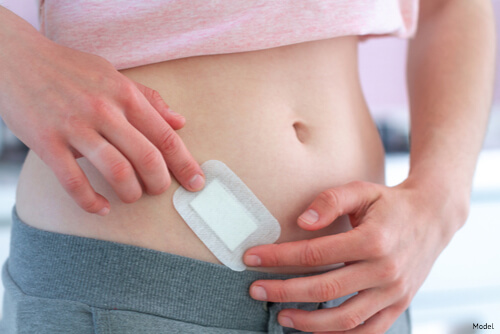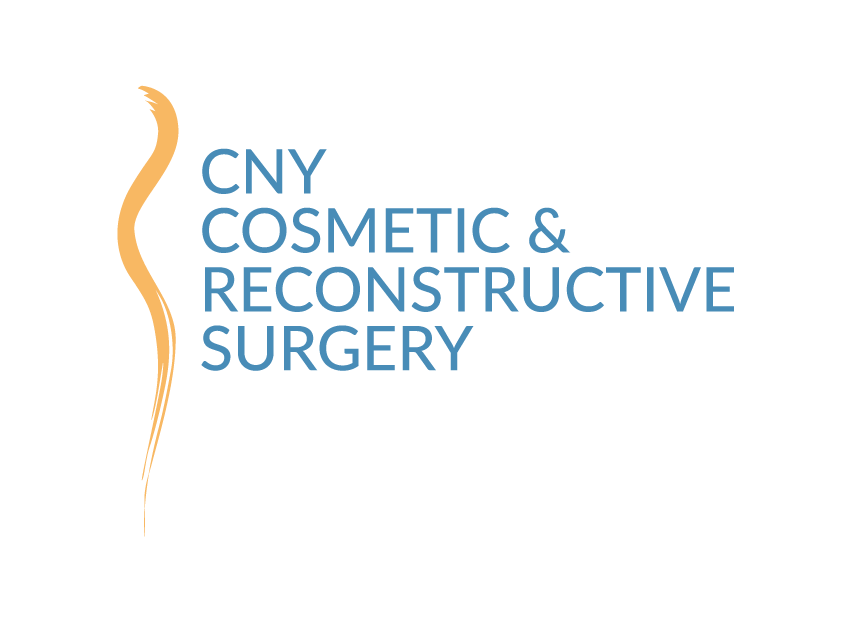Nothing comes close to surgery for delivering dramatic age-defying benefits. Whether you’re undergoing a facelift or a tummy tuck, surgery is THE proven solution for turning back time. That being said, there is one caveat with surgery that deserves our attention, and that’s scarring. Scarring is a natural part of the healing process, but that doesn’t mean you can’t minimize it or, at the very least, correct it once the damage has been done. If you’d like to minimize scarring after your surgery, read up on these proven solutions:

Listen to your surgeon!
When it comes to scarring, the faster your wounds heal, the better! The goal after every surgical procedure is a quick and seamless recovery, and the only way that happens is by following your doctor’s recovery advice to a T. While every wound is different depending on the location of your surgery, your skin condition and other factors, every wound benefits from:
-
- Cleanliness
Your nurse/doctor will send you home with a clean wound. Your job is to keep your wound clean to prevent infection. Infection slows the recovery process, exacerbating your skin’s healing and spiking your scarring risk.
-
- Moisture
After your surgery, your surgeon will cleanse your wounds and may apply a petroleum-based ointment to help seal in moisture and keep your wound from drying out, which reduces your scarring risk. Your job as the recovering patient is to take proper care of your wound by keeping it clean and dry unless instructed otherwise by your surgeon. Our surgical team will provide you with detailed post-op instructions to help your healing process go as smoothly as possible.
Kenalog corticosteroid injections
Steroids can help reduce scarring by decreasing inflammation. They are generally used in situations of hypertrophic or keloid scarring. While they can decrease redness and itching, this can come at the cost of making the scar appear a bit wider. Our providers can discuss whether Kenalog would be appropriate for your situation during your consultation.
Silicone sheets and gel
Silagen is a liquid silicone product that contains SPF 30. It is easily applied to all areas of the body and dries on clear. Silagen cream puts pressure on the scars and keeps them flat. Silicone elastomer sheets can be put on your skin as it’s healing or right after the healing process to help minimize the appearance of certain scars. Silicone sheets help to hydrate scar tissue, which in turn can soften and fade scars.
To help correct or minimize existing scarring after your wound heals, proven solutions include laser therapy to help resurface skin, as well as scar revision with excision and closure. In some circumstances, following scar revision with radiation has been shown to minimize recurrent keloid/hypertrophic scar formation. As always, be vigilant about applying an SPF of at least 30 or higher every day to your healed wound to prevent discoloring or hyper/hypopigmentation.
As acclaimed plastic surgeons in Central New York with proven track records, Drs. Deboni and Baum offer state-of-the-art surgical skills and advanced recovery protocols to help you enjoy the highest level of benefits from your surgical procedure. To learn more about plastic surgery or healing after your procedure, please call (315) 663-0112 to request your personal consultation or complete our consultation form online today.

